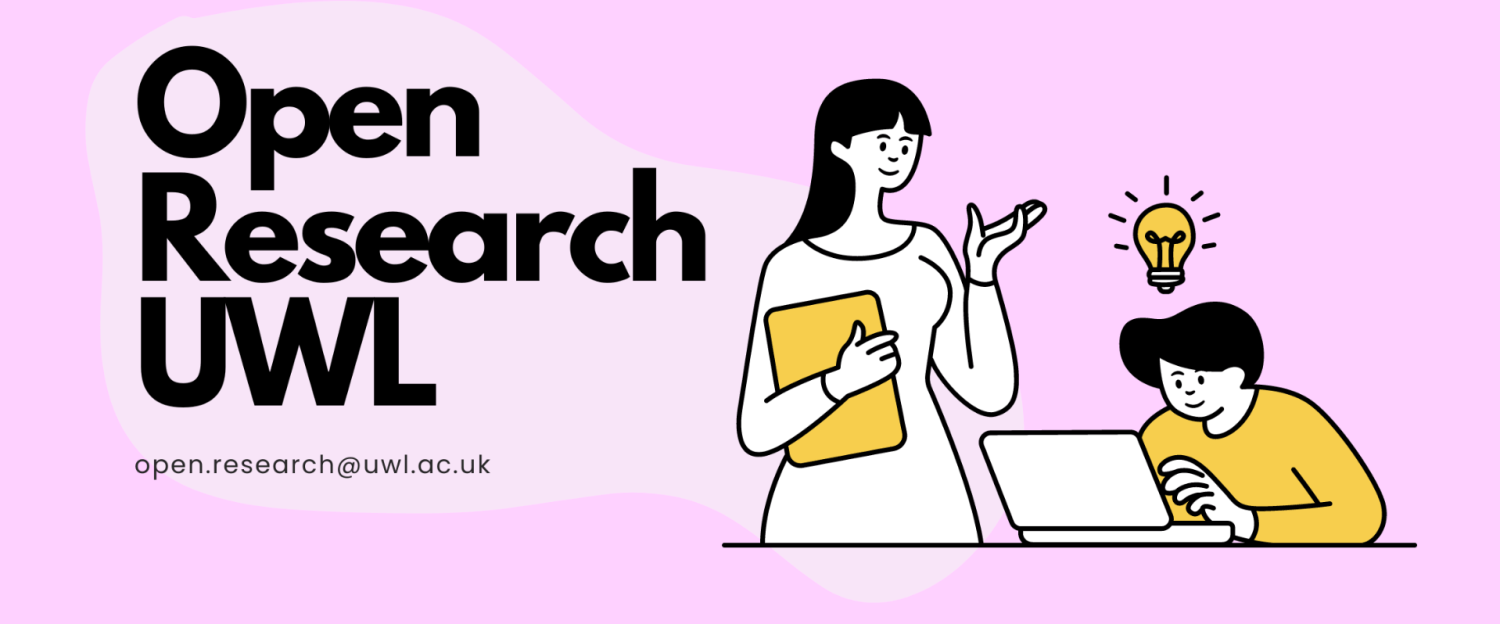New Vistas is the University of West London’s flagship journal. It flipped from being a free-to-read and predominantly print-based journal to becoming a Gold open access publication and produced it’s first fully open access issue in April of the Spring. It is hosted by Janeway, an open source publishing platform developed by the Centre for Technology and Publishing at Birkbeck.
As a non-profit journal, the content of New Vistas is available to anyone with an internet connection and like a steadily growing number of Gold open access journals, it does not impose fees as a prerequisite for open access publication (these journals are also sometimes referred to as ‘Diamond’ or ‘Platinum’ OA journals and typically receive very modest funding from academic library budgets or learned societies). Fees known as article processing charges involve a substantial payment (either on the part of the author, an institution in receipt of government grants or a funder) to cover the nominal revenue that is lost, usually by traditional subscription-based publishers, as a result of offering barrier-free access to articles. While APCs may be considered to be “loss-making” by these major publishers, it is worth noting that these eye-watering charges are wholly unaffordable for many small institutions, nevermind our researchers, scholars and early career researchers.
The good news is that non-APC charging open access journals, like New Vistas, are on the rise and are now vastly outnumbering their fee-charging counterparts on the Directory of Open Access Journals.
So why is it that New Vistas was not considered a fully fledged Gold open access journal before now? Afterall, New Vistas content was free to read online, people within the University mostly knew where to find the content if they were looking for it and the earlier material was downloadable in PDF format.
New Vistas was established as a print journal initially, with a pdf version added later to a page on the University website. The website is pretty big so finding us was a bit hit or miss. We were not really open access – we were just posting information out there and hoping that the world took notice.
-Erik Blair, Senior Editor of New Vistas
The answer can be summarised in the figure below which highlights some of the key differences between Green open access journals (which are usually cost-free to access) and Gold open access journals (which have no price barriers and few permission barriers for reuse).

Gold open access journals for example offer open licensing, such as Creative Commons, as standard. This is a formal grant of rights and permissions giving back to the user many of the rights and permissions copyright normally reserves exclusively for the rights holder. This allows any user to redistribute, reuse or modify for any other lawful purpose, without financial, legal, or technical barriers other than those inseparable from gaining access to the internet itself. The only constraint on reproduction and distribution, and the only role for copyright in this domain, should be to give authors control over the integrity of their work and the right to be properly acknowledged and cited.
Hosting the journal on a platform such as Janeway, in contrast to a static page on the University’s website also allows the content to be more discoverable to users beyond the institution and the academy as a whole, potentially increasing opportunities to reach wider audiences and increase engagement.
The implementation of Document Object Identifiers (DOI) allows scholarly resources to be uniquely addressed, demonstrating a commitment to continued access in the future not merely in the present. The DOI system represents an important part of the digital preservation infrastructure that aims to reliably return a resource, in the event that a journal goes offline or a publisher folds.
Authors who publish in Gold open access journals also retain copyright of their work, giving them greater control over the conditions with which their work may be shared. This lies in stark contrast to traditional subscription-based journals and even some free-to-read journals where publishers typically claim copyright of the author’s work and impose restrictions on their dissemination and wider use.
Knowing about different licences and the various rights of authors and our readership has made a huge difference. Before I thought that posting information on the internet was the last step – something you did once you had the work all nice and neat. Now I see it as part of the process and authors are told about it from the very start – so that they can write with OA in mind. Our new website was designed with OA at the heart of things, from day one. This means that we are open, accessible, and useful to the academic community. It seems like, beforehand, we were working in the hope that someone would read our work – now it is out there and we are part of a whole movement that puts knowledge in the hands of readers.
-Erik Blair, Senior Editor of New Vistas
